Arnaud Desbiez and his team are working in the Pantanal region, Brazil, to protect giant anteaters from habitat degradation and fragmentation as part of the Anteaters & Highways project. Giant anteaters are classified as vulnerable to extinction. Our colleague, Arnaud, wrote to us recently to describe how the recent fires in the Amazon have affected their work.
Until just a few months ago fires continued to rage in the world’s largest freshwater wetlands. It is estimated that a shocking 18,140 km² have been burned. In one of the areas we work, the owners of Baia das Pedras fought the fires bravely throughout the past few months and only parts of the ranch have been burnt. Although fire has burnt thought the home range of some of our animals, luckily, as far as we know, all of our animals survived. It seems they had enough time to get out of the path of the inferno that has devastated parts of the country. However, we have lost several camera traps, which will need replacing.
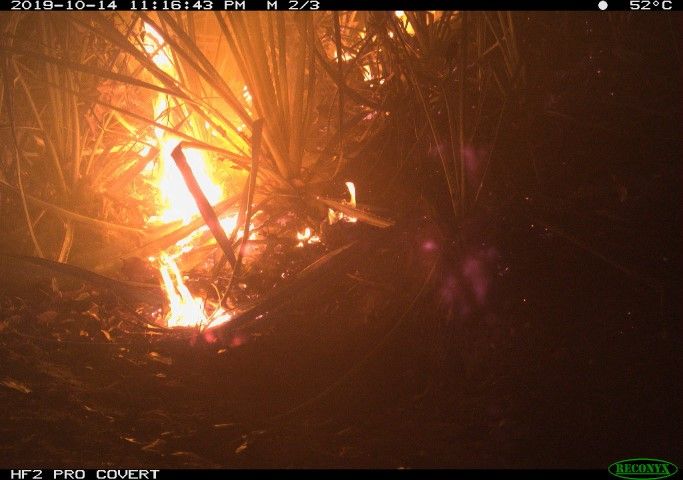
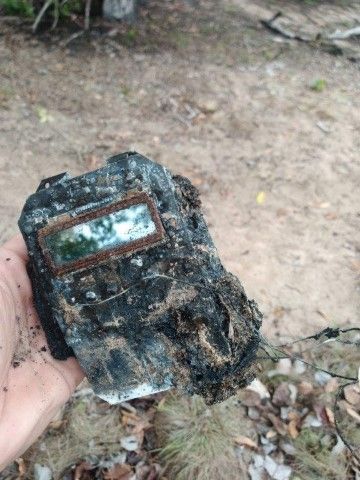
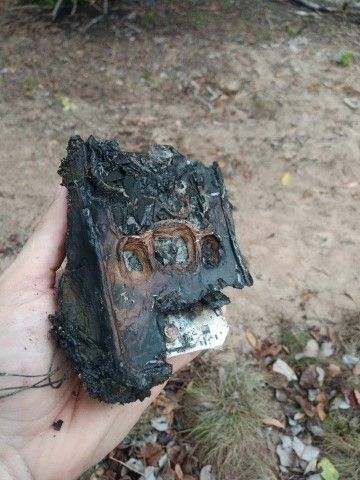
Despite the devastation, the Anteaters & Highways project is progressing well. In addition to continuing road surveys, the team members are busy with their many other tasks. They have been counting how much traffic there is on the different roads so they can use this for comparative purposes when measuring the impacts on roads on the anteaters.
They have also made contacts and worked with local concessions, or groups. It’s such a large study area that we need help from everyone living in the region to collect accurate information. Several females and their pups are still being monitored to see where they move and how close to the road they generally go. Five mothers have had pups recently which is great news.
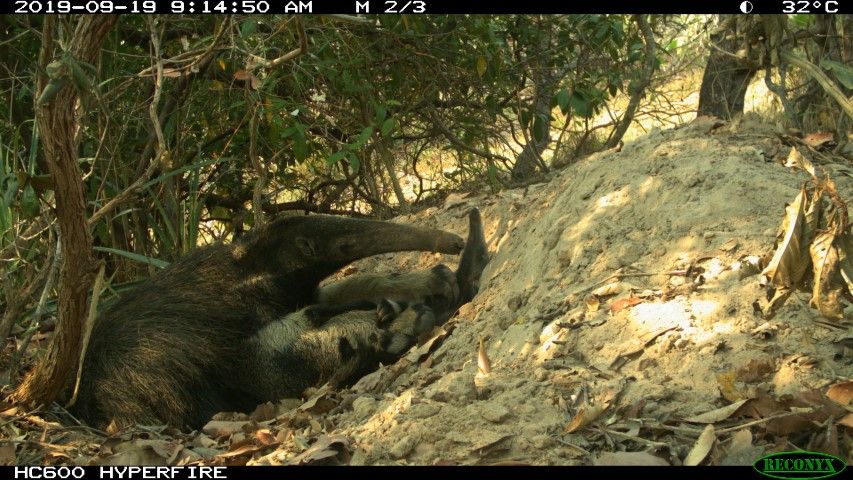
Another important but tricky task we’ve undertaken is to run an experiment to measure carcass persistence. This is exhausting, gruelling work as the same highway has to be monitored daily to see how long individual carcases remain visible.
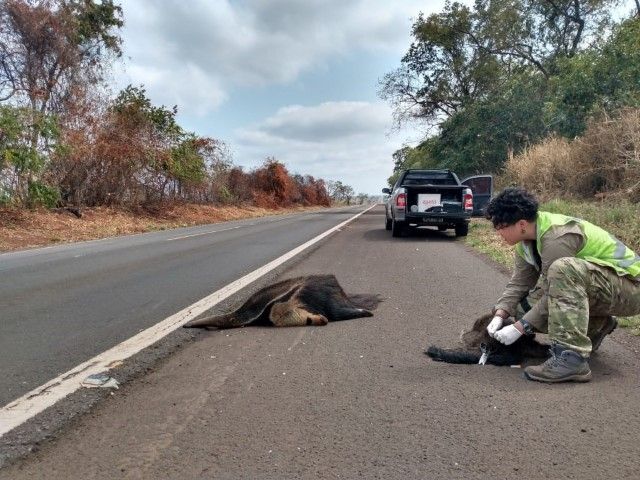
And although it’s sad to see the animals that have been killed on the road, we can get important information by conducting experiments like this that we hope will ultimately help us reduce road mortalities in the future.
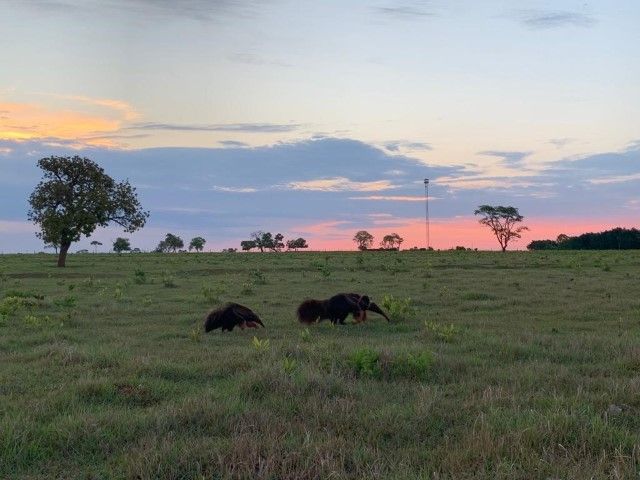
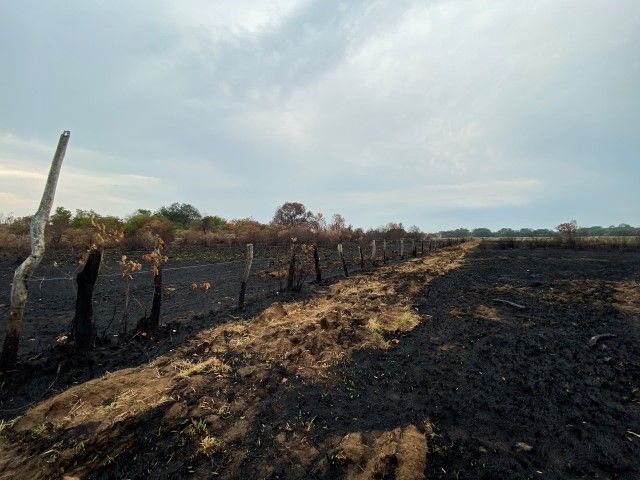
We could never do all this without the help of a wonderful team of young veterinary students from the local universities. All hands on deck to help the anteaters of the Cerrado. Thanks to all our dedicated team, our volunteers and our supporters.
From,
Arnaud
Please donate here if you’d like to support projects like this one:
Learn more about this project:
